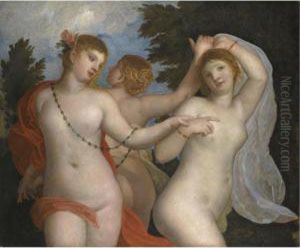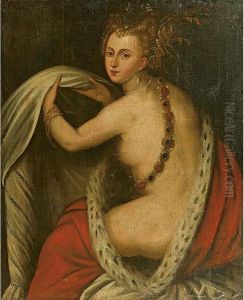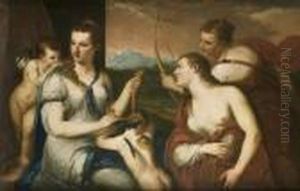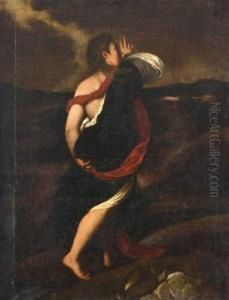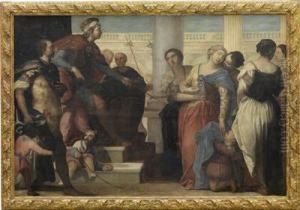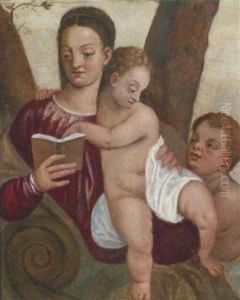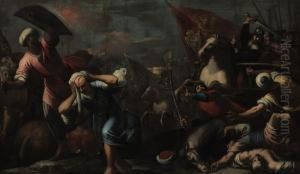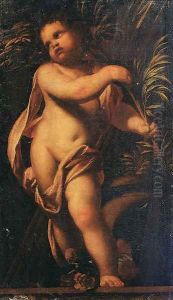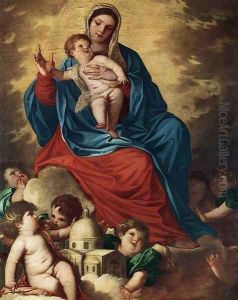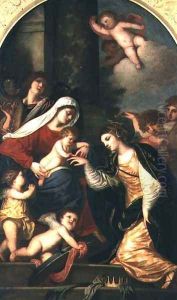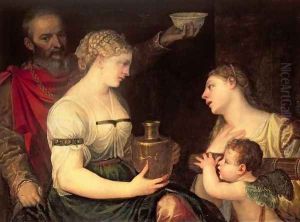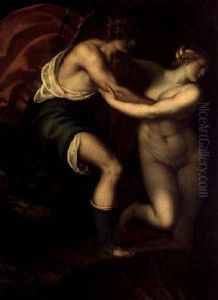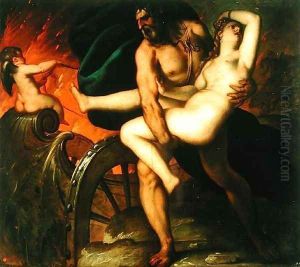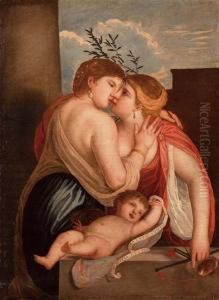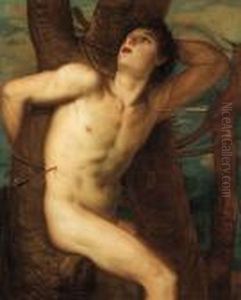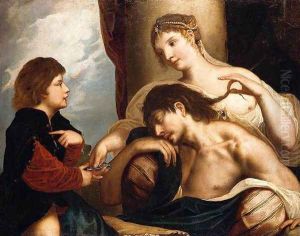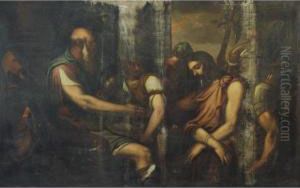(Alessandro) Padovanino (Varotari) Paintings
Alessandro Varotari, known as Padovanino, was an Italian artist of the late Renaissance and early Baroque periods. He was born in 1582 in Padua, Venetian Republic and was the son of Dario Varotari the Elder, who was also a painter. Padovanino's nickname derived from his place of birth, and he is often referred to by this name in the history of art.
Padovanino trained under his father and was influenced by the Venetian school of painting, particularly the works of Titian, whose style he sought to emulate. He moved to Venice in the early 17th century, where he became known for his lush color palette and skillful execution of mythological and religious subjects.
Throughout his career, Padovanino received numerous commissions for public and private works. He painted altarpieces for churches, portraits for patrons, and contributed to the decoration of various buildings with frescoes and canvases. His works were characterized by a mastery of light and shadow, a rich chromatic range, and a sense of drama that was in line with the Baroque aesthetic of the time.
Padovanino was also known for his ability to imitate the styles of past masters, which made him a favorite among collectors seeking to adorn their galleries with paintings reminiscent of the great Venetian tradition. He played a significant role in the transmission of Renaissance painting techniques to the Baroque era.
Despite his success, Padovanino was not as well known outside of Italy as some of his contemporaries. However, he left a lasting impact on the Venetian art scene and influenced a number of younger artists. He passed away in Venice in 1649. Today, his works can be found in various museums and collections around the world, showcasing his contribution to the development of Venetian painting.






